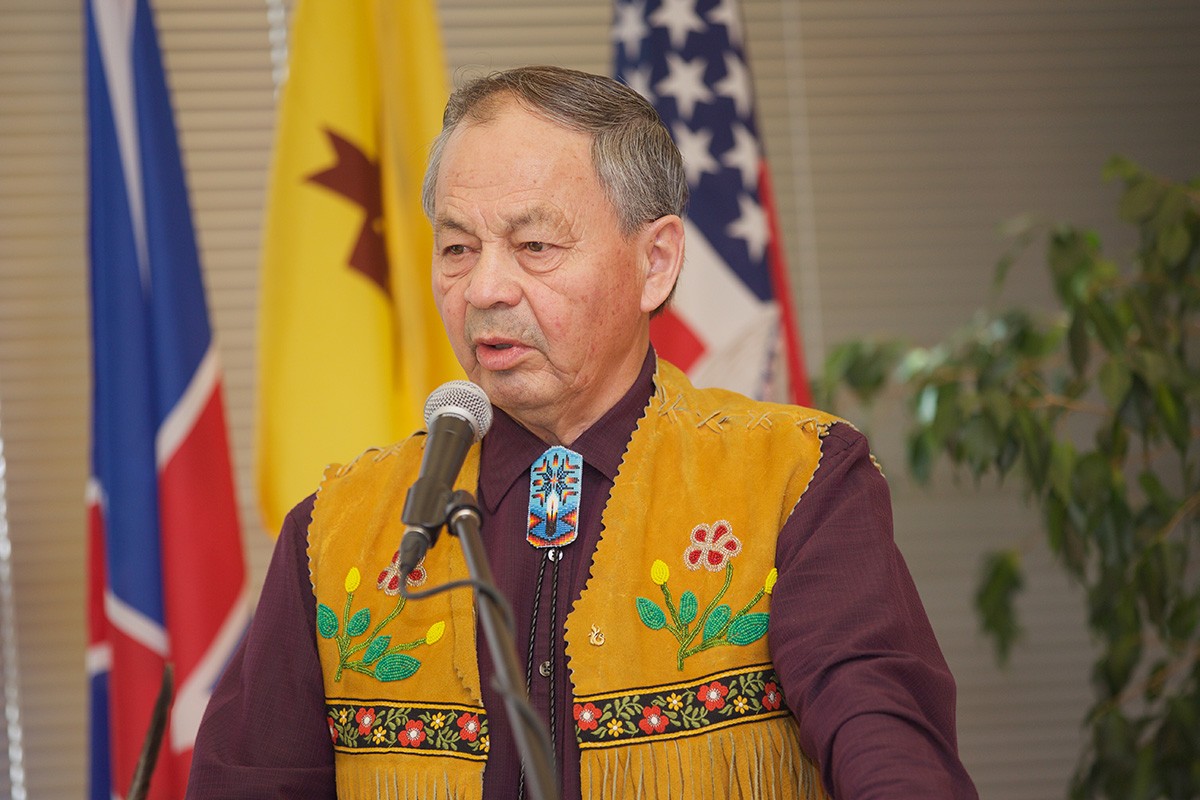
Elder-in-residence Norman Meade speaks at the gathering on March 24, 2016. // Photo by Dan Gwozdz
Sharing the significance of land, language across generations
Elders and Traditional Peoples Gathering offers cultural knowledge
With a focus on land and language, the 13th Annual Elders and Traditional Peoples Gathering drew together generations to inspire dialogue and sharing of cultural knowledge.
“As Indigenous people, our concepts of land, as well as language, have been almost watered down and almost lost due to colonization and it’s events like these that bring it back and bring it back to life,” said Chance Paupanekis.
Paupanekis worked with other student staff members Justina McKay and Robert Caribou at the Indigenous Student Centre to help organize the gathering, which took place on March 23 and March 24. A sacred fire, round dance and full moon ceremony, which honours and celebrates the lives of women, were held, along with talks from Elders.
Elder-in-Residence Norman Meade from Migizii Agamik – Bald Eagle Lodge spoke on helping individuals to develop their sense of self.
“When I work as an Elder and I try to help young people identify with who they are, if you come and see me in my office, one of the first things I’ll ask you is, ‘Who are you? Do you know who you are?’ And if you say, ‘I think I do’ or ‘I’m not sure,’ maybe I can help you identify with who you are, to look inside rather than to look outside for that person that the world tells you who you are,” said Meade.
As part of his talk, he addressed the importance of land in helping to ground people.
“When we want to take someone and help them identify with who they are, you take people out to the land. You take them to that place where they really belong, among their relatives, and help them to find themselves with a three or four day fast. You take them out there so they can do a good look at who they are,” said Meade.
Along with Meade, others who spoke at the gathering included Elder David Courchene, Elder Marlene Kayseas, Elder Theresa Bighetty and Elder Mark Hall. Keynote speakers included Professor Michael Hart, Canadian Research Chair in Indigenous Knowledges and Social Work, and Justice Murray Sinclair, recently appointed as a senator.
Justice Sinclair addressed the importance of language in his discussion.
“If the generation of Aboriginal languages does not become a priority by government and for Aboriginal people and their communities, then what the residential schools failed to accomplish will come about through a process of systematic neglect,” said Sinclair.
“Cultural and language revival are a binding force for the Aboriginal community, however, while there is a significant role for government to play in that revival, in the final analysis, cultural and language revival are the responsibility of the communities that want them,” said Sinclair. “There is no getting away from a very simple fact. If you want your culture, you must live it. If you want your language, you must speak it.”
Christine Cyr, director of the Indigenous Student Centre, spoke on forms of knowledge. As an illustration, she spoke on the story of American architect and inventor Buckminster Fuller. He designed a geodesic dome in the 1940s, a shape capable of supporting a heavy weight. When she was younger, she travelled around Manitoba teaching kids how to make these kind of domes out of rolled up newspapers. Then, she had a revelation.
“This is the exact same structure as our sweat lodge, which we’ve been making out of red willow for hundreds of years – long before Buckminster Fuller came along. We had architecture. We had design. We had science but it wasn’t institutionalized. It was our traditional knowledge,” said Cyr.
She stressed the importance of recognizing the range of knowledge on campus.
“In this place it’s so important to bring academics and students and the community here to understand that our ways, our teachings, are just as valuable as all the things students are being taught in classrooms. Those are our truths, our ways of life, our perspective. That’s our science. It’s our math, our language, our connection to the land and I’m blown away at how generous our teachers are,” said Cyr. “They come here because they have a desire to keep this knowledge alive. I’m always struck seeing their kindness and seeing all these really virtuous kind of values that they emanate.”








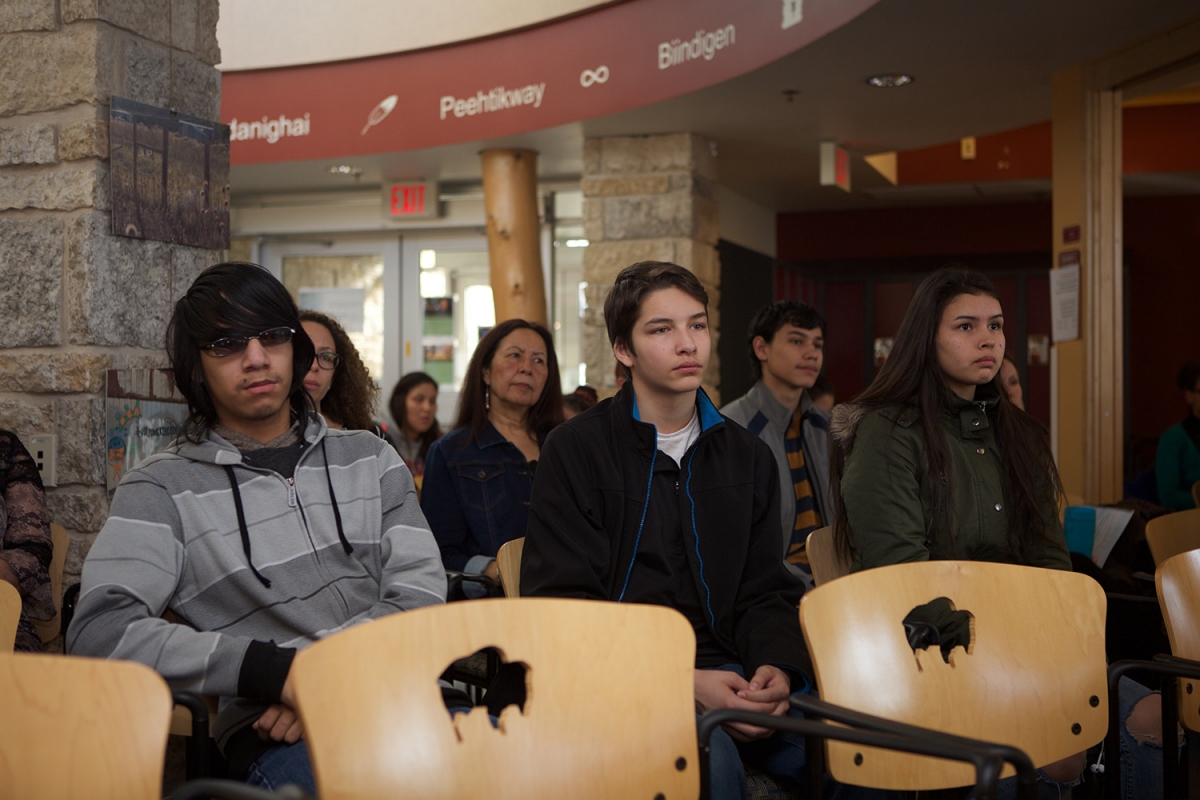
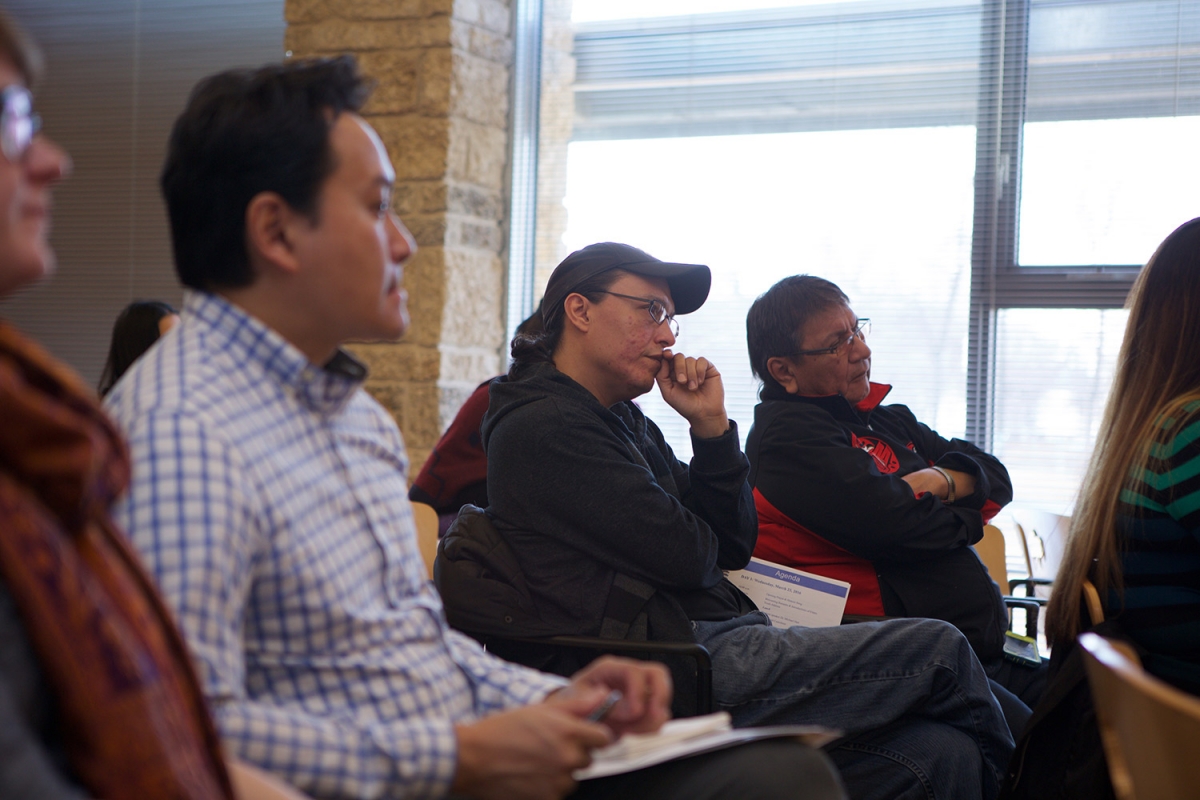
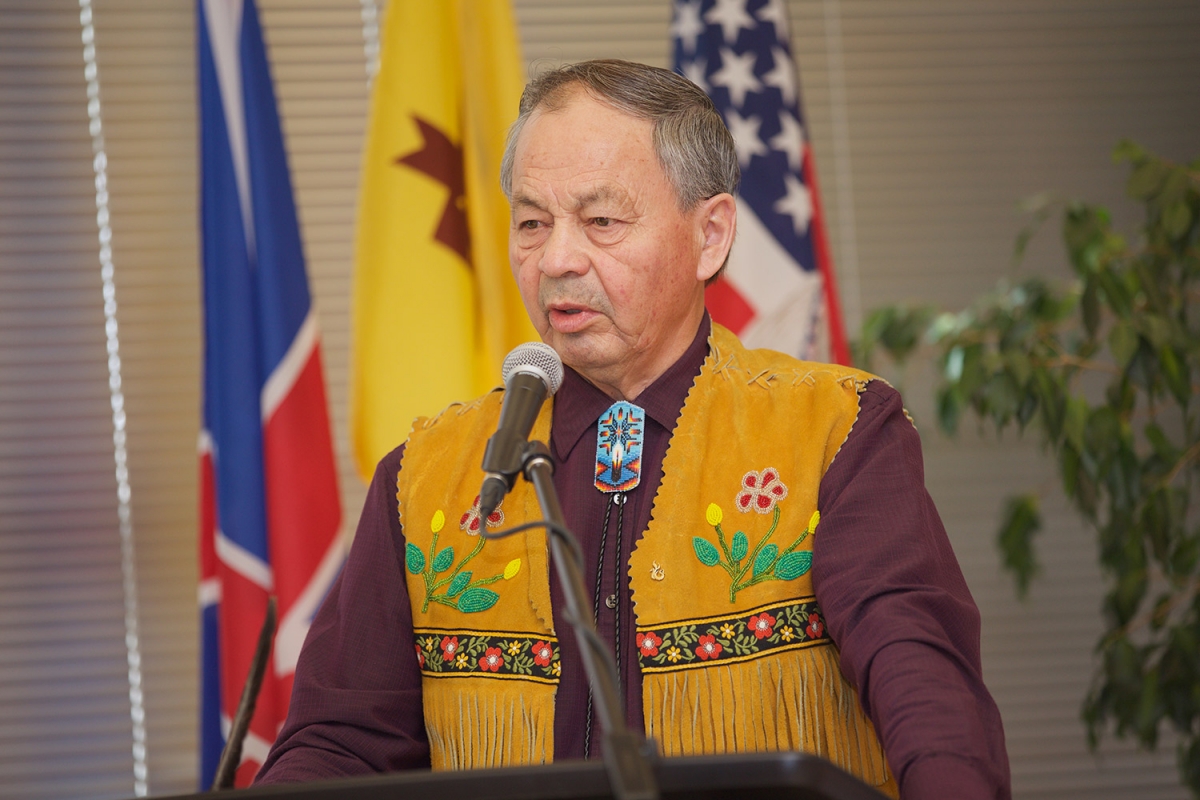
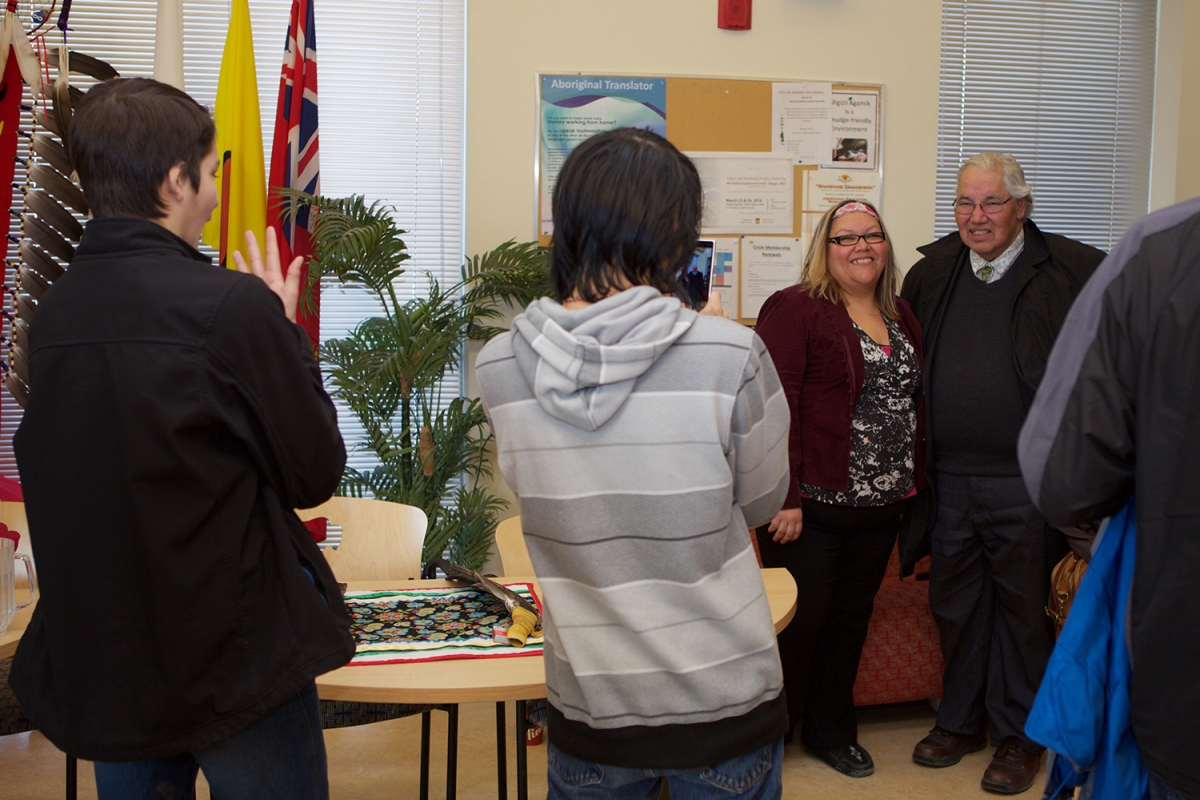
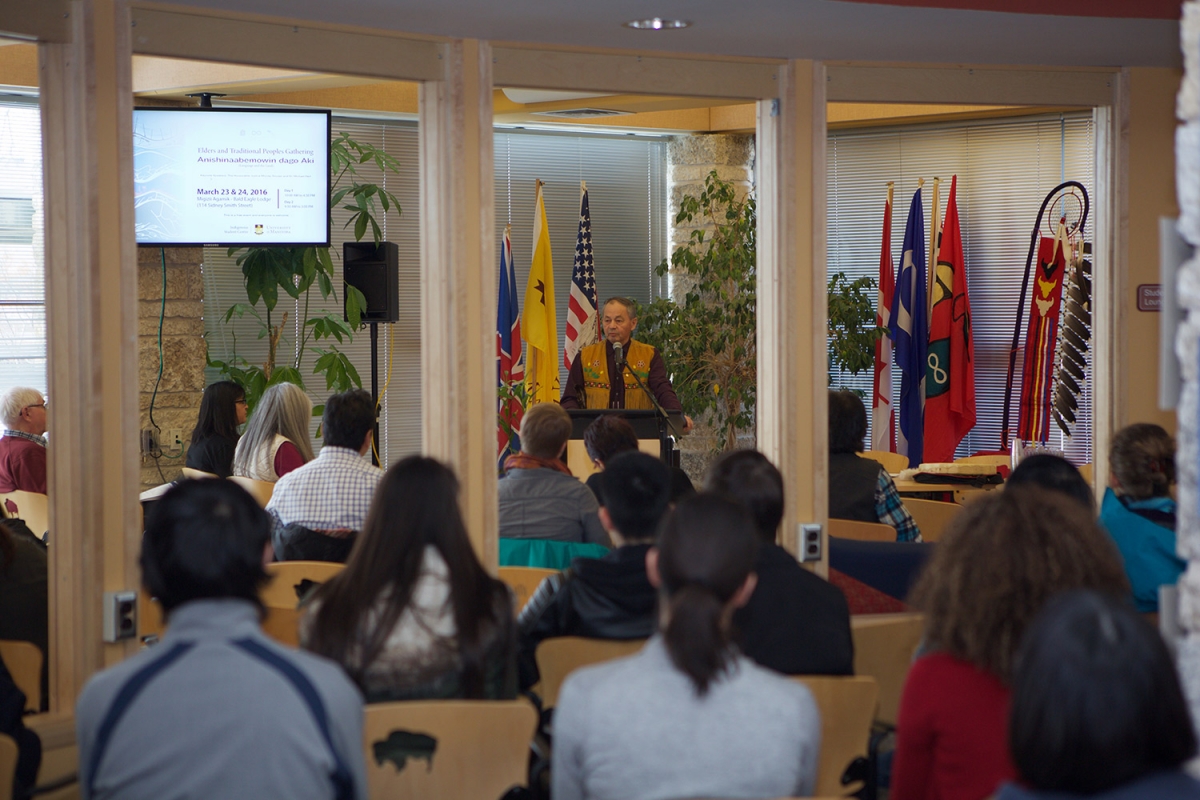
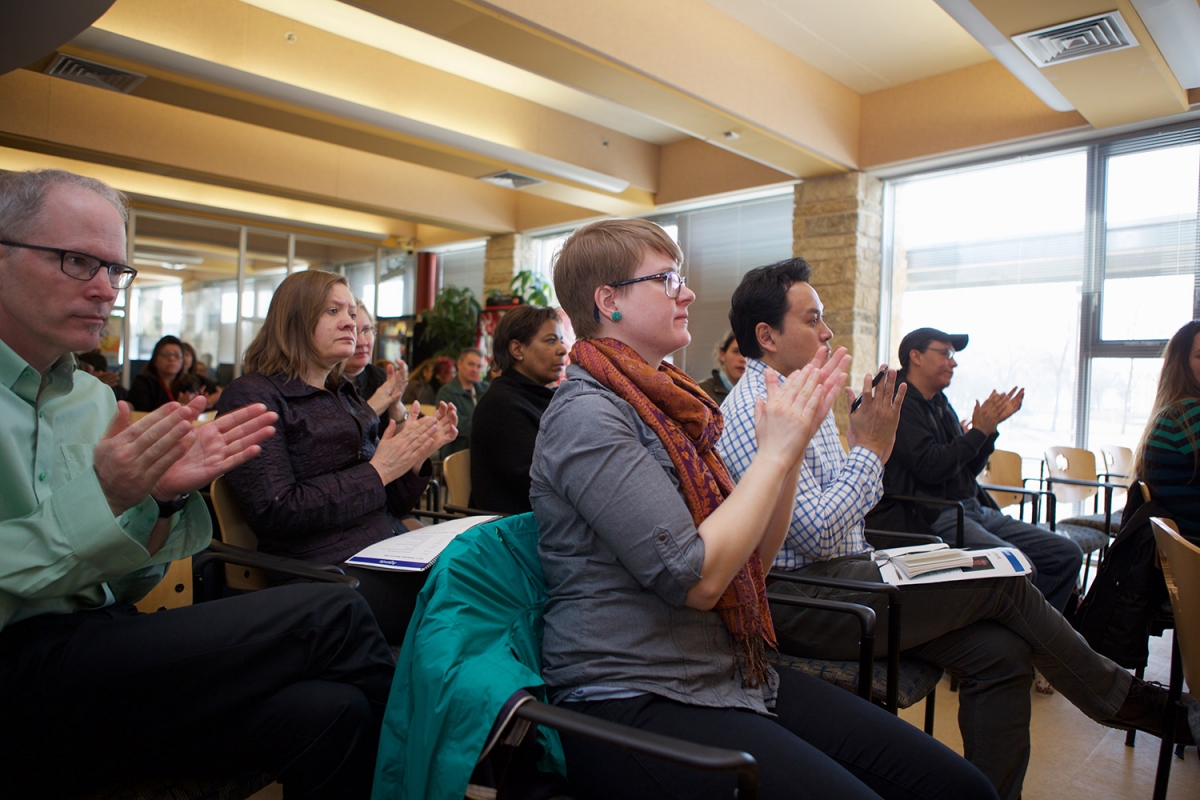
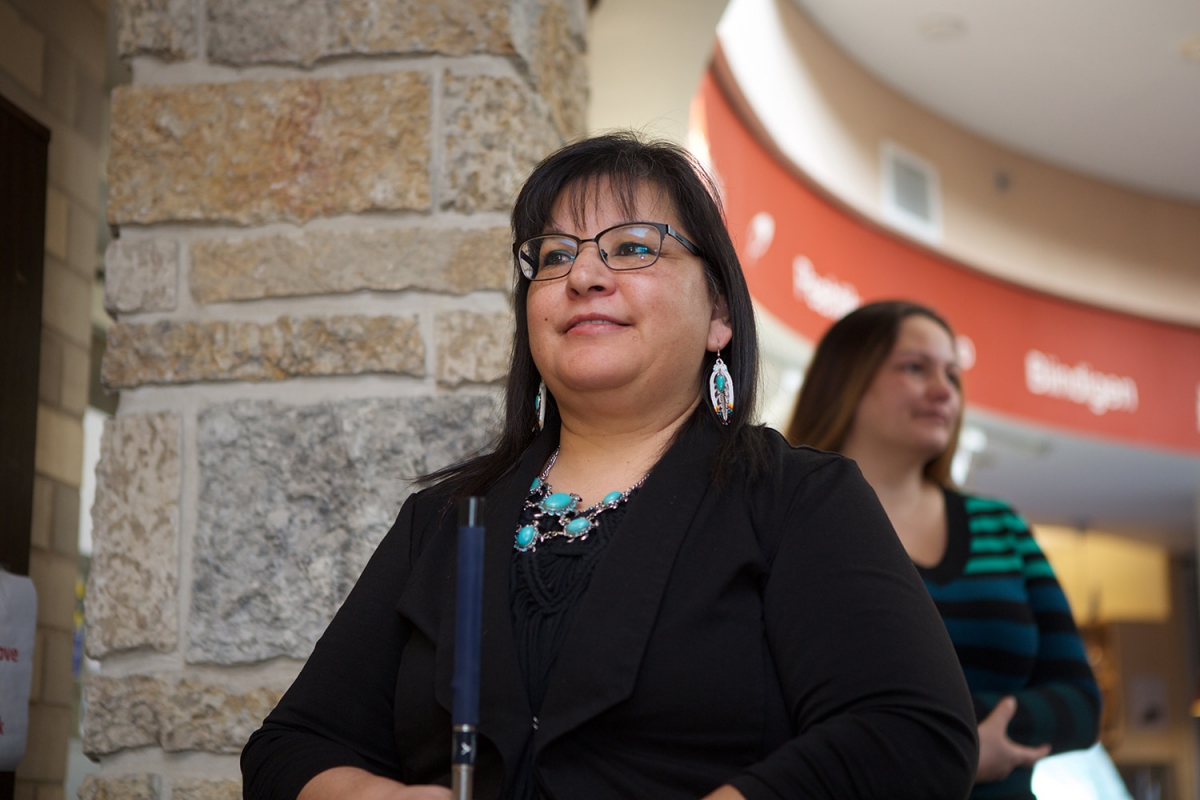
Love and respect to them
There are so many unique Indigenous cultures and languages. We must be careful that we don’t throw them all into a blender and call the result..Indigenous culture. Celebrate and respect each difference and share the meaning of those differences. Only those selected and sanctioned by their own peoples have the right to share their own culture. Each and every individual culture has people that do that. We must not claim to speak or represent others cultures, just our own